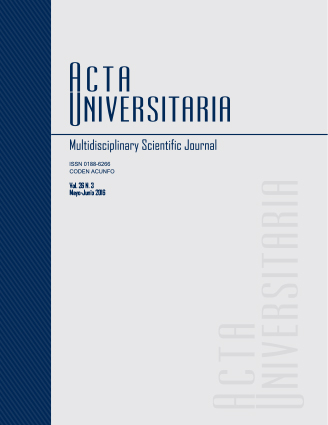Evaluation of the efficacy of an therapeutic irradiator for irradiation of red cell concentrates, in Oaxaca, Mexico
Published 2016-07-11
Keywords
- Transfusión,
- seguridad sanguínea,
- irradiación de sangre,
- irradiador terapéutico.
- Transfusion,
- blood safety,
- blood irradiation,
- oncologic irradiator.
How to Cite
Abstract
Transfusion-associated graft versus host disease (TA-GvHD) is a serious transfusion complication due to residual lymphocytes (LR by its acronym in Spanish) engraftment present in blood components. Aim of this project was to evaluate efficacy of therapeutic irradiator THERATRON® Phoenix™ (Cobalt-60) of the Oncology and Radiotherapy Center from Oaxaca, Mexico, to eliminate leukocytes proliferative capability in red cells concentrates. For this end, seven red cell concentrates were obtained from blood donors selected under national standards and they were irradiated at 2520 cGy. Various parameters to evaluate quality maintenance of red cell concentrates (hemoglobin, hematocrit, hemolysis and hyperkalemia), and effectiveness to eliminate lymphocytes proliferative capability (number, viability and lymphocytes proliferation) were quantified. Therapeutic irradiator preserved quality and increased transfusion safety of these blood components by eliminating proliferative capability of residual lymphocytes. Analysis of cost-effectiveness demonstrated its efficiency for this process. Based on these results, parameters are proposed as quality control for validation of therapeutic irradiators or X-ray devices for red cells concentrates irradiation and to spread this service throughout country with aim to reduce incidence of transfusion-associated graft versus host disease.

